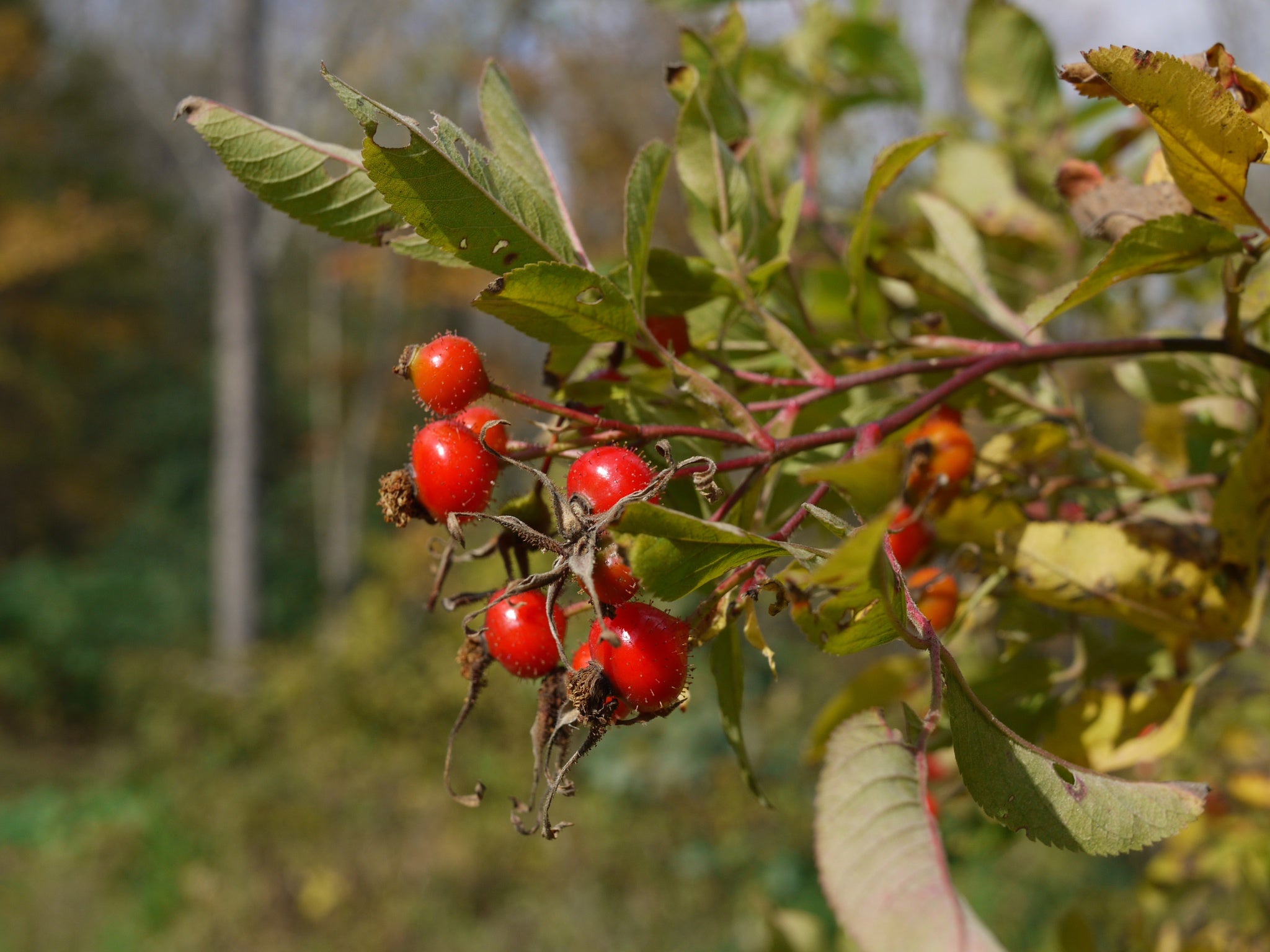Wild foods: how to go foraging for local, fresh and free produce
From nettles to chestnuts, or wild garlic to dandelion, make the most of the wild foods to be found

Your support helps us to tell the story
From reproductive rights to climate change to Big Tech, The Independent is on the ground when the story is developing. Whether it's investigating the financials of Elon Musk's pro-Trump PAC or producing our latest documentary, 'The A Word', which shines a light on the American women fighting for reproductive rights, we know how important it is to parse out the facts from the messaging.
At such a critical moment in US history, we need reporters on the ground. Your donation allows us to keep sending journalists to speak to both sides of the story.
The Independent is trusted by Americans across the entire political spectrum. And unlike many other quality news outlets, we choose not to lock Americans out of our reporting and analysis with paywalls. We believe quality journalism should be available to everyone, paid for by those who can afford it.
Your support makes all the difference.Autumn can sometimes feel like a bleak time - the days get shorter, the air becomes cooler, and the woods are stripped bare, as the trees hunker down for the first winter frosts.
Fortunately though, there are still many wild foods available at this time of the year, which can be used to make jams, jellies, salads, and even a healthy substitute for your morning coffee. All you need to know if where to look, and some basic food preparation techniques.
Many of the most common plants can be consumed in a large variety of ways. Take the humble nettle: you can make nettle soup, nettle wine, nettle cordial, or even deep-fry its leaves to make a land-lubbers equivalent of crispy seaweed. Oh, and don’t worry – the leaves lose their sting when cooked.
Professional chefs have already woken up to the huge potential of wild foods, spurting a new industry selling foraged goods to restaurants. Hugh Fearnley-Whittingstall launched his career with A Cook on the Wild Side, a television series that largely consisted of scraping roadkill off country lanes. In news that will come as a relief to any squeamish readers, recipes for pigeon pancakes or fox flan do not feature in our gallery of the best wild foods to collect this autumn.
For beginners, it is best to start in your local area, and make use of common plants that you are already familiar with. Fergus Drennan, aka ‘Fergus the Forager’, who runs wild food courses and has written for BBC Countryfile Magazine, offers some advice: “You should be led by the things that you see every day,” he says. “If you have a tiny concrete garden with just a couple of weeds you see growing in the cracks, the chances are there are lots of things you can do with them.”
If you want to expand your horizons beyond your back garden, it is a good idea to swat up on the law. Always ask the landowners permission, and respect the Countryside Code. If you are foraging in an urban area, it is important to know the former land use, as industrial contamination can make it unsafe.
Foraging can be incredibly rewarding, as you constantly discover new ways to use the plants you find. Fergus has been collecting wild foods for some thirty years, but still has a lot to learn: “What is really exciting about wild foods is the fact that people underestimate the amazing potential for a whole range of flavours, textures and nutritional profiles,” he says. “When you combine that with all the different methods of extracting, cooking and preserving, it can actually end up being pretty overwhelming.”
Increasing your knowledge of the culinary properties of various plants lends a new aspect to the experience of being outside. You look at the wild in a new way – as a source of sustenance rather than just a place of leisure - and forge an intimate connection with the passing of the seasons.
But as you become a part of the woodland world, remember just how fragile the ecosystem is. Every plant, seed or mushroom you collect is a source of food for insects and animals, and if you take too much this has a knock-on effect for the whole food chain. Gather things in small, sustainable quantities, and don’t get carried away.
Join our commenting forum
Join thought-provoking conversations, follow other Independent readers and see their replies
Comments